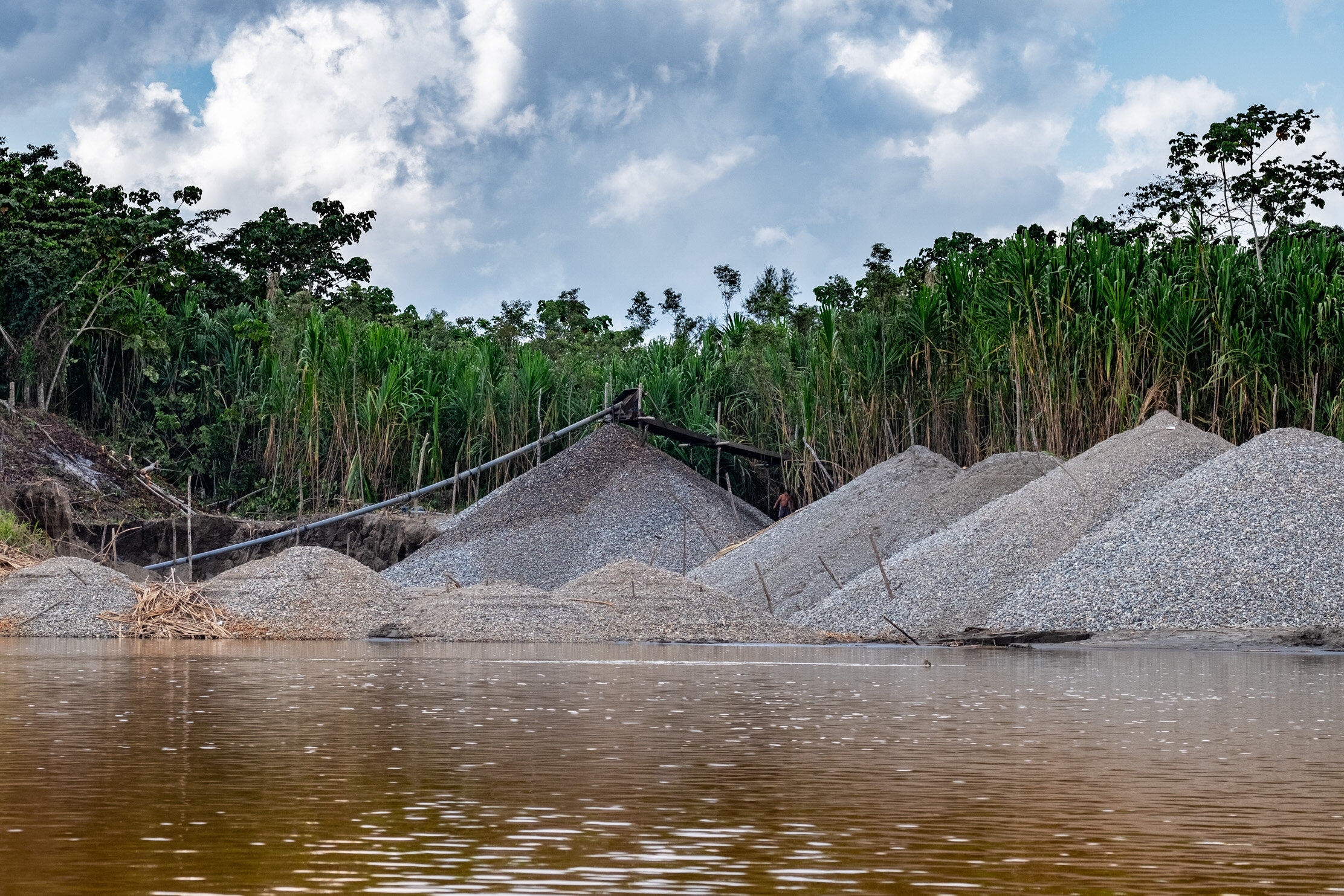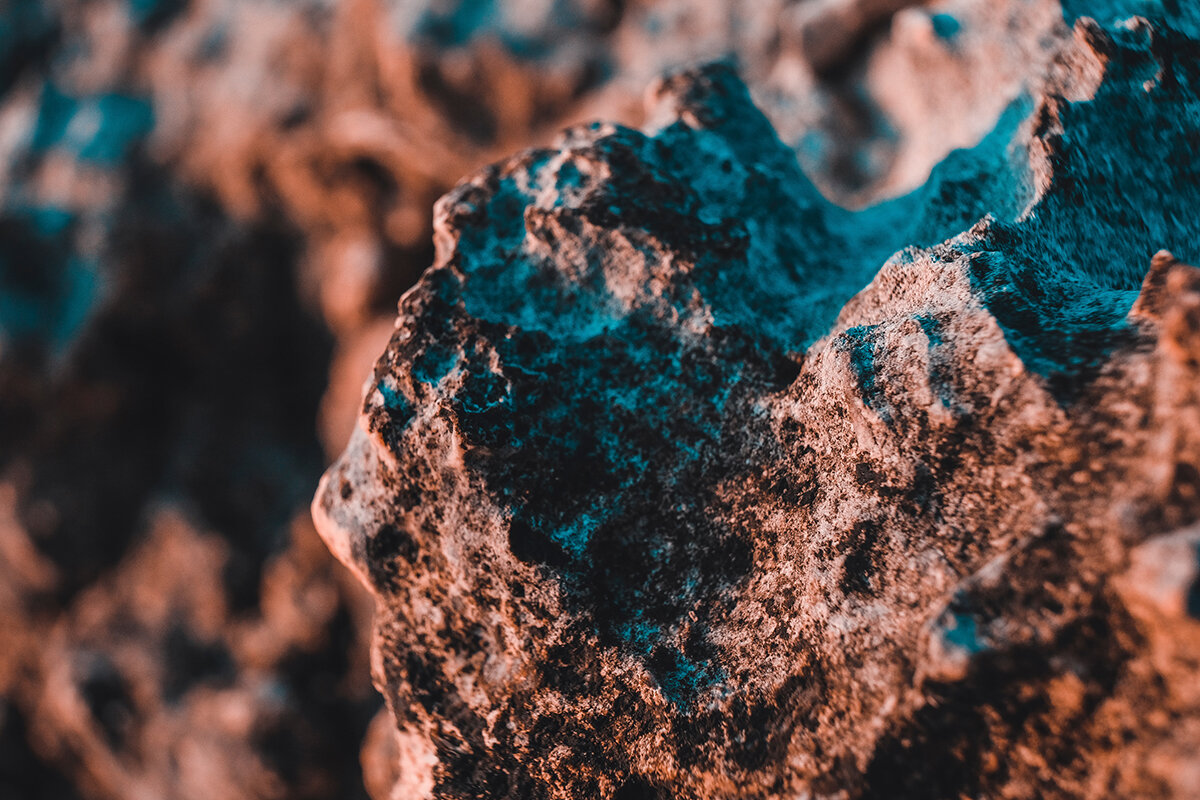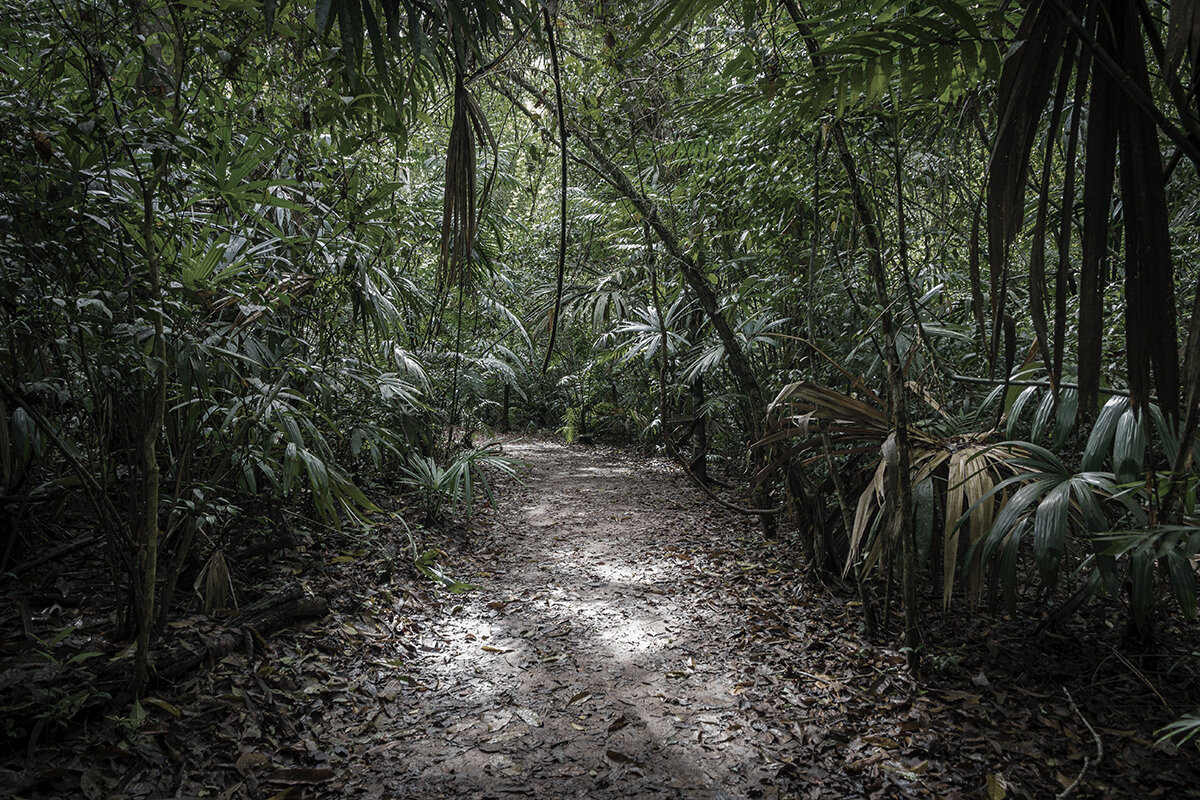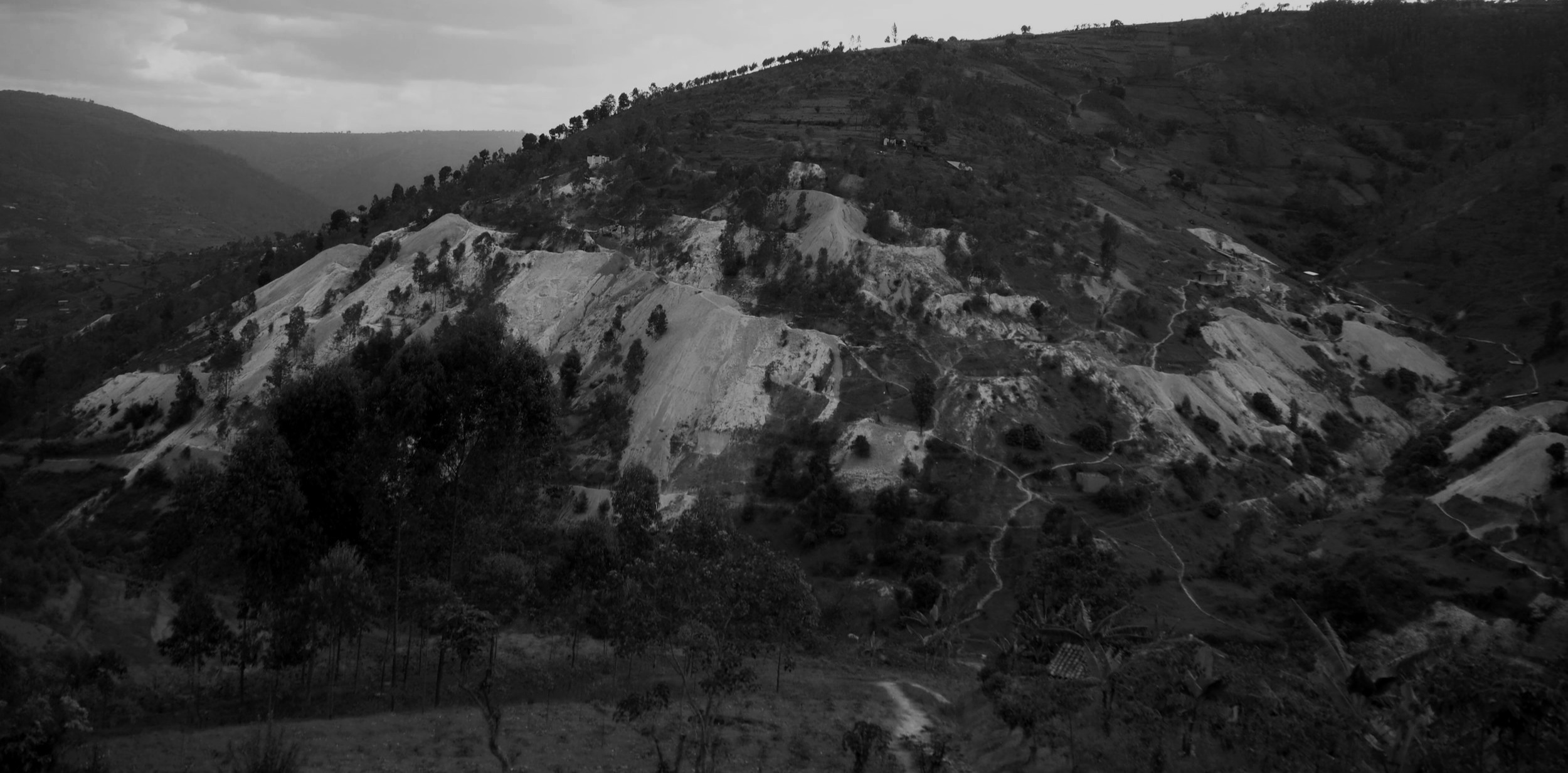
ASM: The Basics

Artisanal and small-scale mining (ASM) is a critical source of livelihood for an estimated 40+ million people worldwide. While ASM generates wealth in developing countries, ASM practices can cause habitat loss, species’ population decline, poor water quality, hydrological changes, and negative human health & livelihood impacts. Mining is among the most significant drivers of deforestation in the world’s tropical forests, a leading cause of global biodiversity loss.
While defined differently across countries, ASM generally refers to mining operations with predominantly simplified forms of exploration, extraction, processing, and transportation. These operations are often labor intensive, low-tech, receive limited investment, and require less expertise than medium and large-scale mining operations. ASM operations can be formal or informal, legal or illegal.

The global demand for materials—such as gold, rare earth metals, conflict minerals (tin, tantalum, and tungsten), cobalt, and colored gemstones—continues to grow exponentially due to society’s increasing appetite for consumer electronics and jewelry. These materials enter global supply chains through both ASM and large-scale/industrial mining operations.
However, ASM is a significant source of many critical minerals and metals. Globally, ASM supplies 15-20% of diamonds, 15-20% of gold, and 70-80% of colored gemstones. Twenty-percent of the global cobalt supply is acquired through ASM. Demand for cobalt is projected to increase substantially as societal demands grow for lithium-ion batteries, which require cobalt, to power our everyday lives.

Artisanal and small-scale gold mining (ASGM) accounts for an estimated 15–20% of gold sourced globally. This gold is used in electronics, jewelry, and other consumer products. ASGM operations are often labor intensive, low-tech, receive limited investment, and in the Amazon basin, frequently occur in rivers and floodplains.
While ASGM generates wealth and supports livelihoods in the Amazon, it can have significant negative impacts on development, and human and environmental security. Many consumers do not understand the full environmental and/or social cost of ASGM gold production, and tracing the gold supply or identifying responsible sources of gold remains challenging for buyers and businesses.
See the impacts of ASM
in La Pampa,
Madre de Dios, Peru

Stay in touch.






